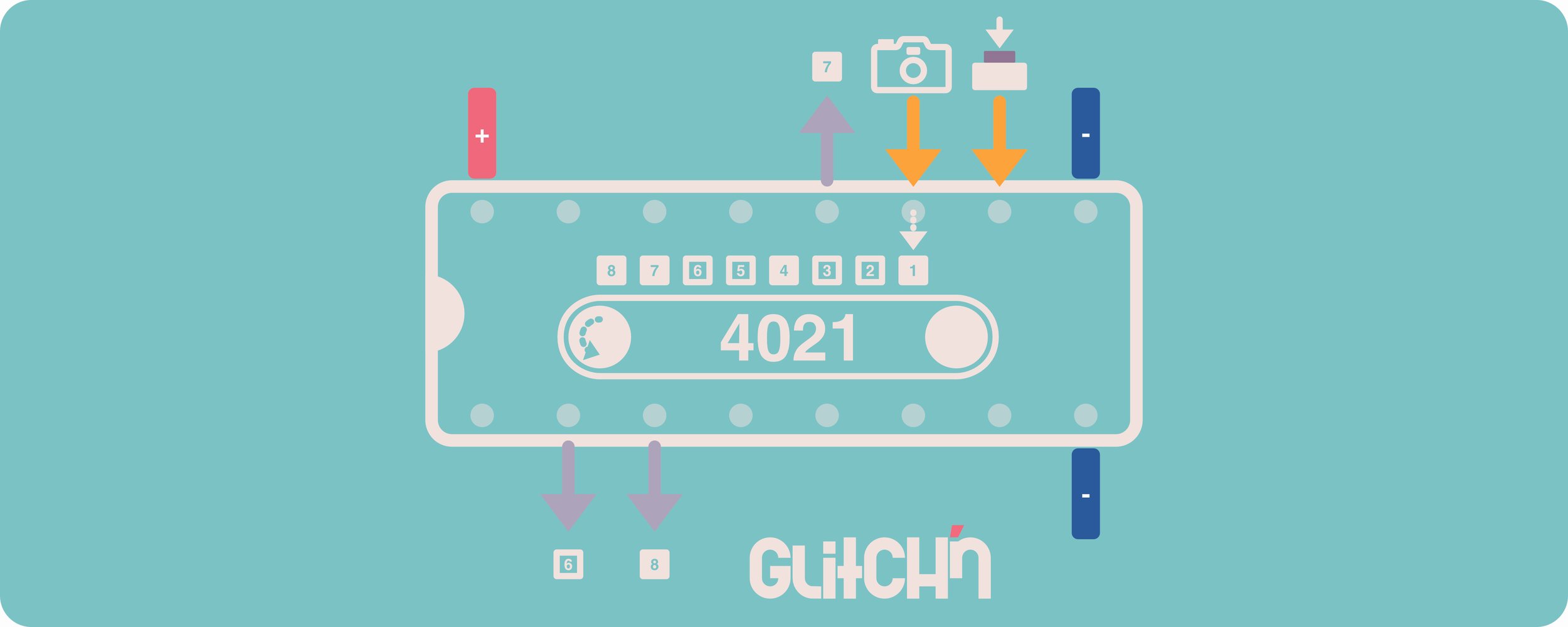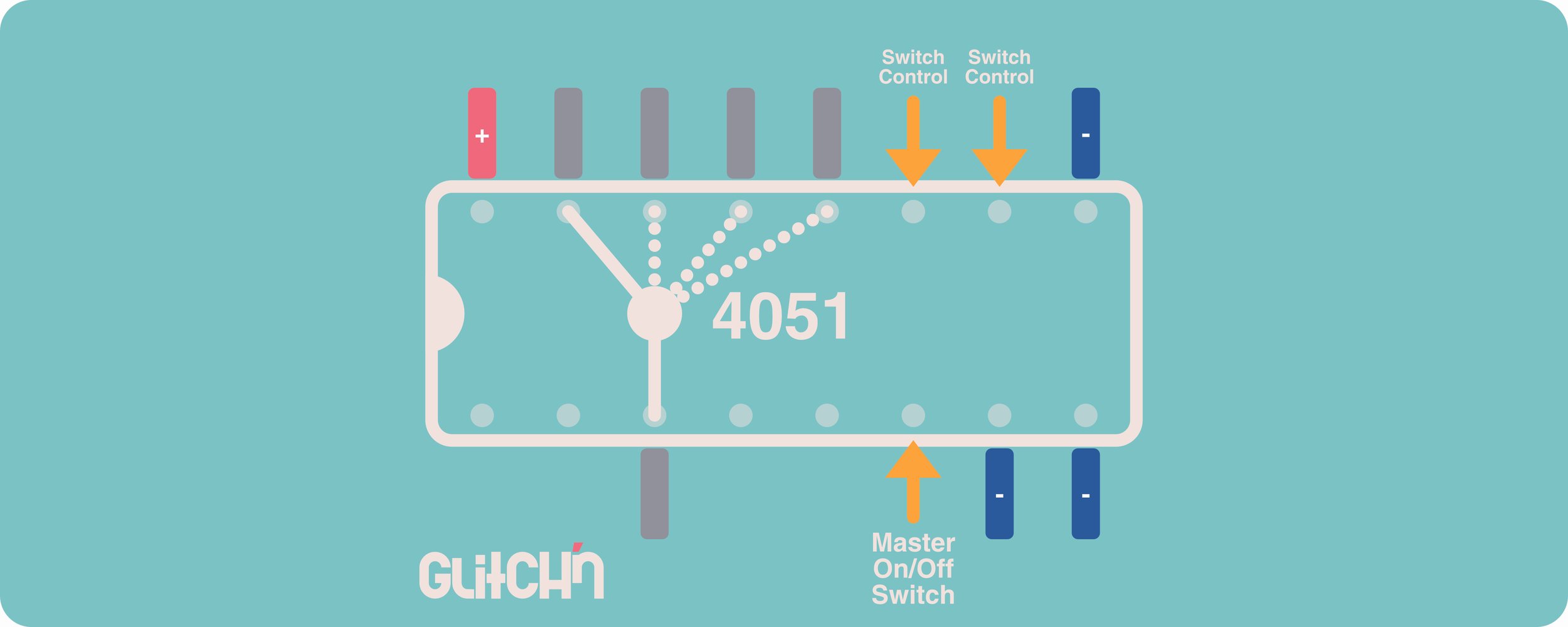Unmute this video to hear circuit bending and glitchy beats in action!
Music. Circuits. Creativity.
Learn hands-on. Build skills. Get paid. Lead the way.
Glitch’n offers a free, arts‑focused circuits course for 14 to 20 year-olds, combining hands‑on experimentation with a $200 stipend for research participation. Graduates may join CTRL, a paid cohort of community educators who co‑facilitate pop‑up workshops, build teaching experience, and gain industry connections—all designed to open pathways into engineering, computing, electronics, and semiconductor careers.
Why Glitch’n?
“glitch (noun): a sudden, usually temporary malfunction or irregularity of equipment”
Glitch’n offers a non-traditional route into the world of computing and electronics through a creative arts-focused approach. Many students who are bored by traditional linear pathways find that a hands-on approach that embraces experimentation and making mistakes sparks their interest in a powerful way.
Our program offers teens and young adults opportunities to explore areas of study that could lead to careers in engineering, computing, electronics, or semiconductor work. Each of these areas has various levels of entry which require different levels of education. Some only require a high school diploma, others a post-high school certification, a two-year degree, or a four-year degree.
Individuals who complete the Glitch’n course can be selected to join a cohort of community educators called CTRL who share their knowledge and circuit skills in the Phoenix community through unannounced pop-up events.

Glitch’n at the ASU MIX Center
Three pilot Glitch’n summer courses were held in June 2025 at the ASU MIX Center in downtown Mesa, reaching a total of 60 participants.






